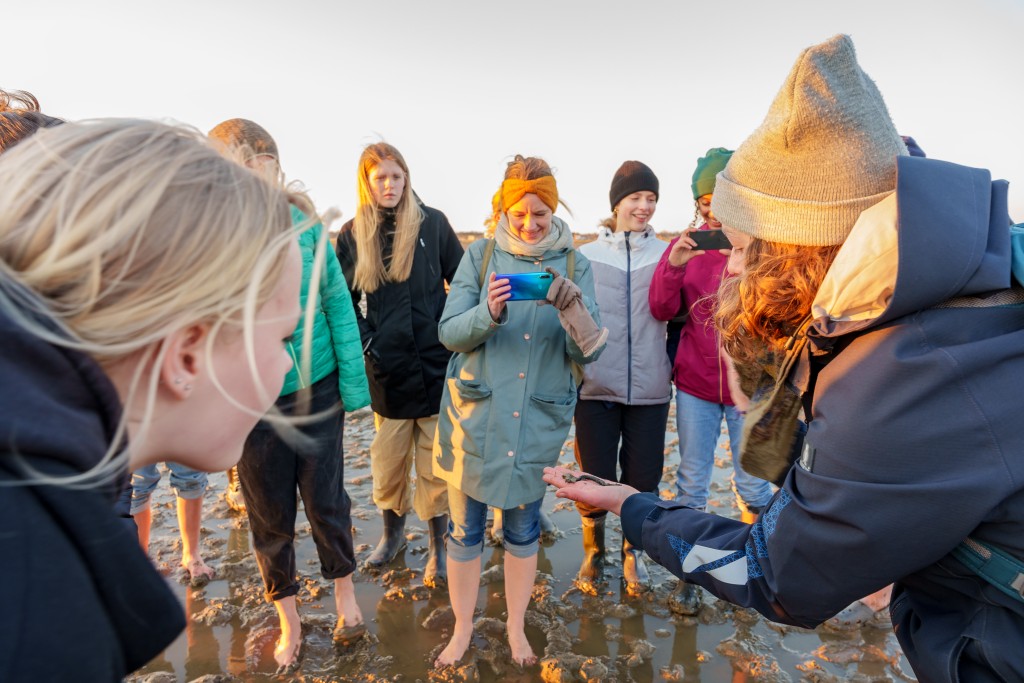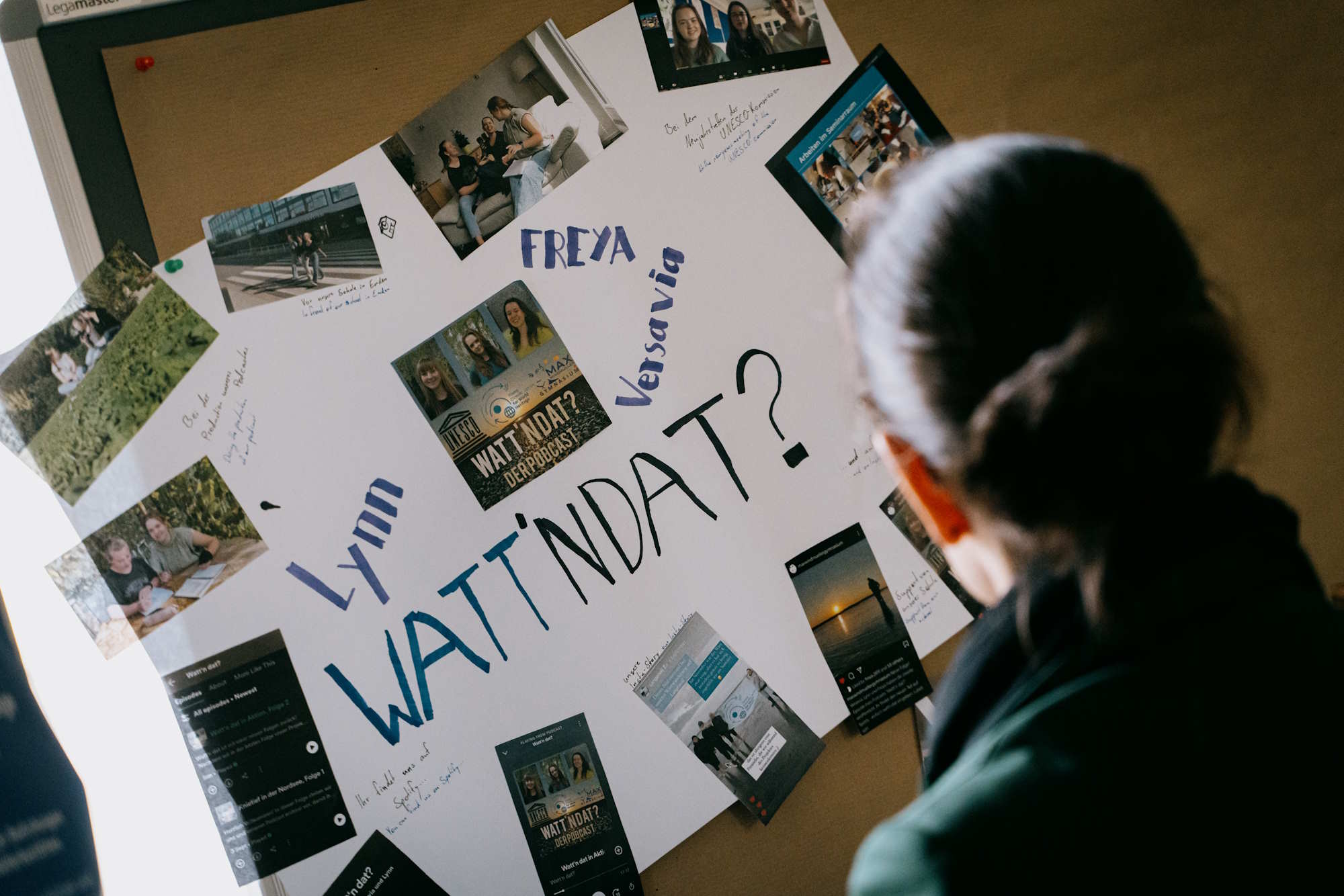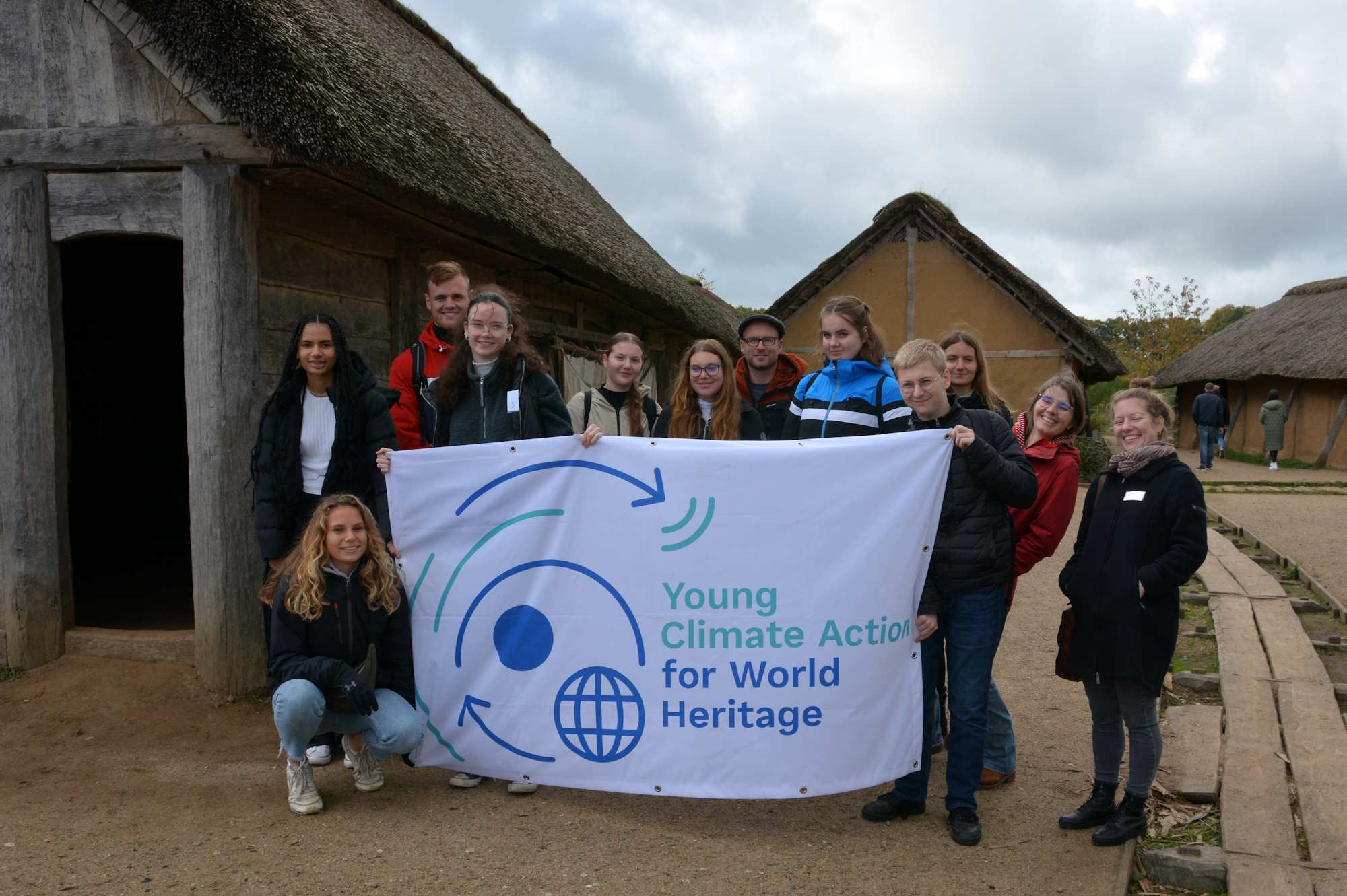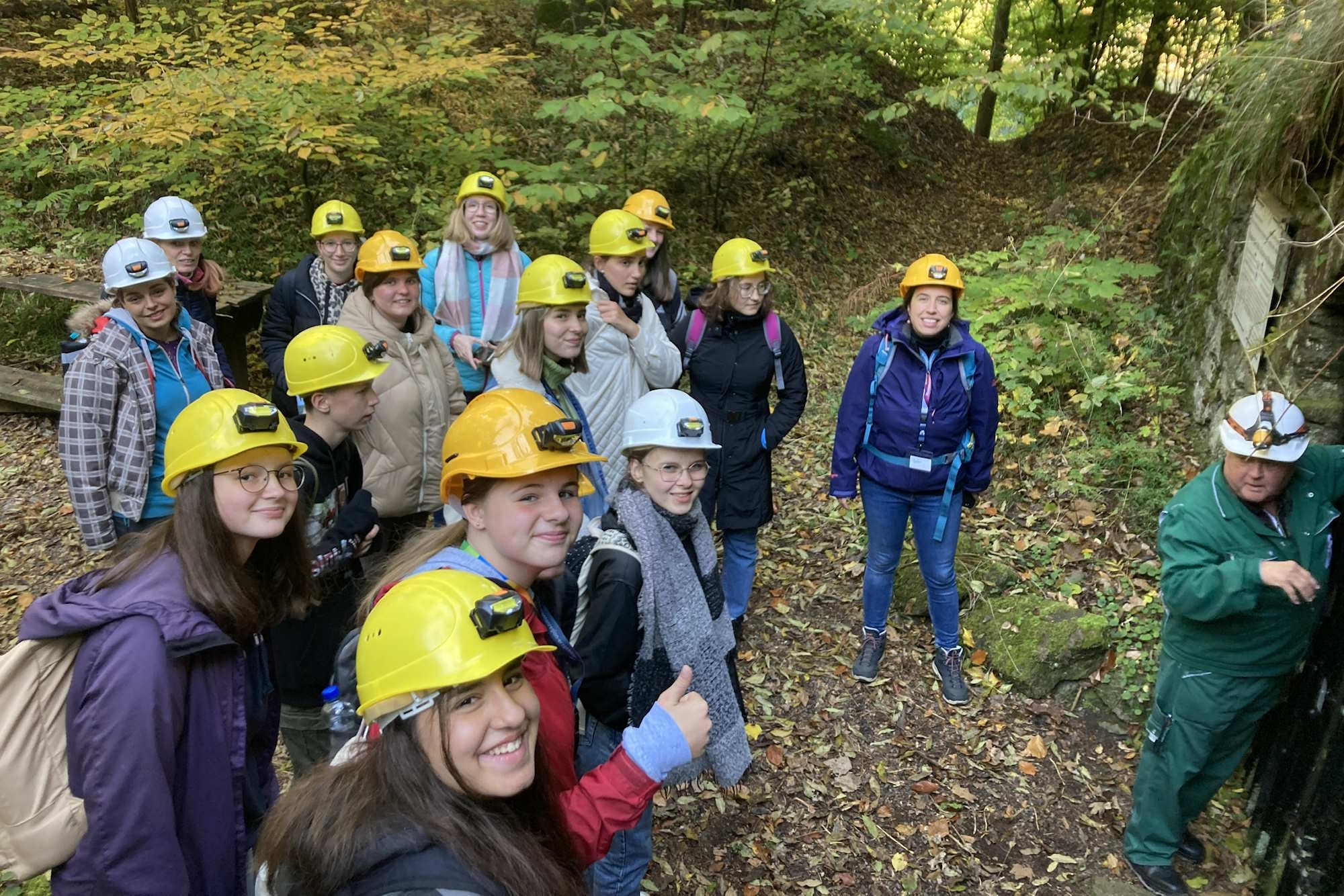The students developed and implemented a range of highly creative projects in the fields of art, media, games and quizzes, as well as research, and sustainable joint actions. One of the most remarkable things about the projects was how strongly the students identified with “their” World Heritage Sites. The projects all shared one goal: students wanted to reach out to their peers and communities to share what they had learned and experienced about World Heritage and climate change – they wanted to encourage them to reflect on the issue themselves and to activate them for the mission of safeguarding heritage and climate. They did that in a highly creative way, making each project unique and personal. Find out more about the students’ projects here!
ART
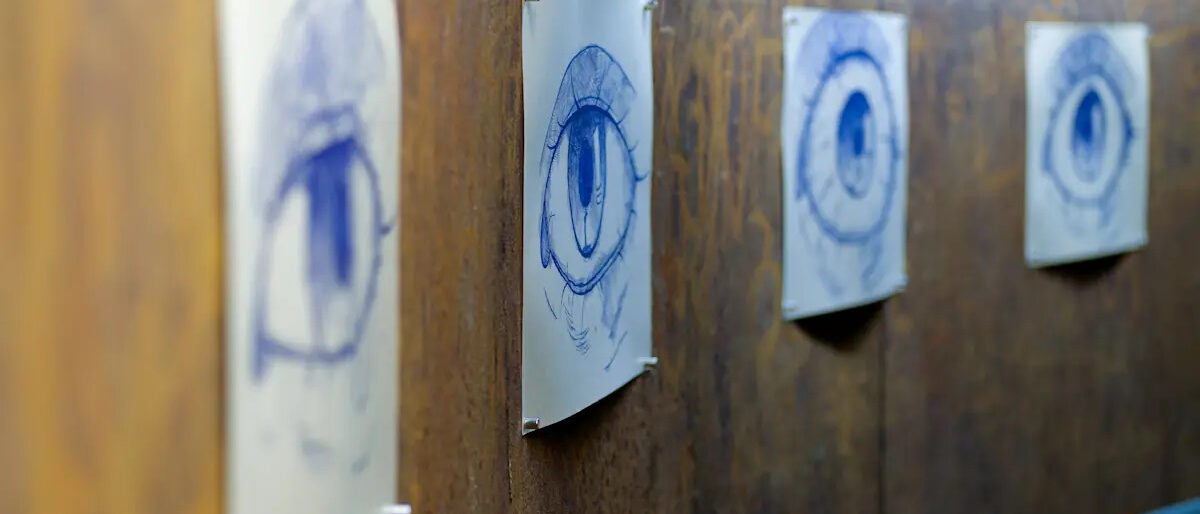
Many of the students chose an artistic approach to address issues related to World Heritage and climate change, and to express and share their thoughts and experiences. All of their works demonstrate a strong personal commitment to the topics of climate change, World Heritage or both. The students found unique ways to express their concerns and emotions, making every artwork very authentic and moving.

Student Art Exhibition
Local students from grades 5 to 12 developed creative and unique artworks addressing the massive forest dieback in the Harz region and its impact on the World Heritage Site.
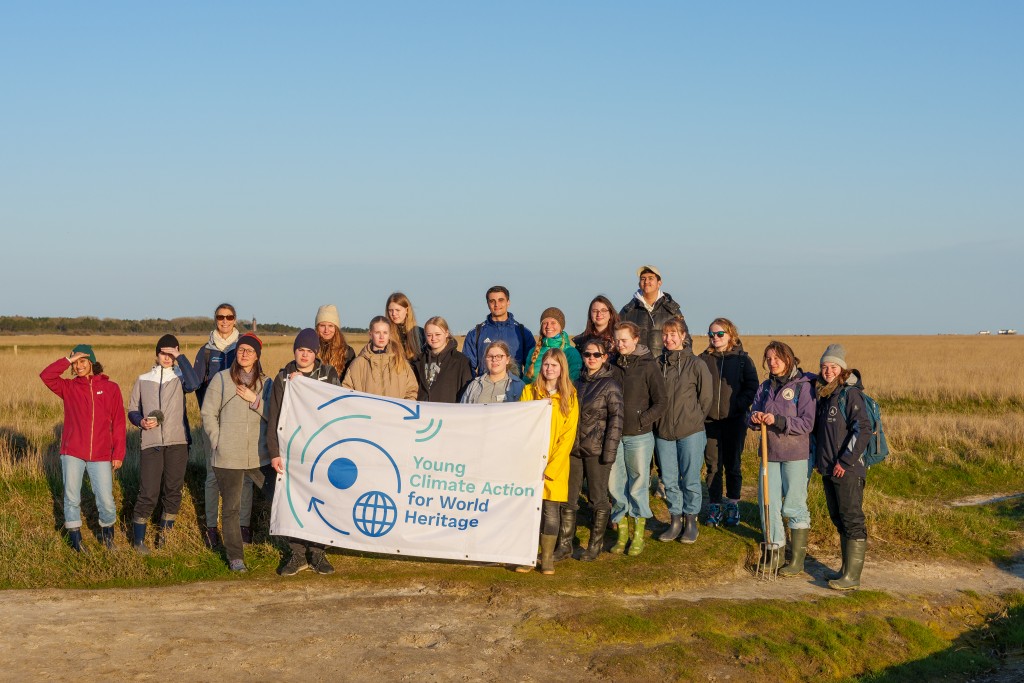
Imagining the future of the Wadden Sea
Students expressed their concern for the future of the Wadden Sea and painted potential scenarios for its development.

Herrnhut inspired jewellery and glass-making
To capture the beauty of Herrnhut, students created jewellery featuring symbols of the town and engraved glass tiles with images that they had taken of important places in Herrnhut.
MEDIA

Students found creative ways of connecting the future, the present and the past though media as the main modern communication tool. It was very important for the students to share what they had learned and experienced at the World Heritage Sites with their peers and their communities, and to get involved in raising awareness of the need to safeguard World Heritage in times of climate change themselves. This was best achieved by using various media formats such as short films, podcasts, radio plays and Instagram takeovers.
Films produced as part of “Young Climate Action for World Heritage” at the Wadden Sea
Short films presenting the students’ projects and activities at the Wadden Sea.
Podcast “Watt’n dat?”: You can only protect what you know.
Students shared their experiences and knowledge about the Wadden Sea with their peers in a podcast with two episodes that they developed, recorded and published themselves.
Audio play “The Fall of Haithabu and Danewerk - for World Heritage through space and time.”
A group of older students produced a radio play that is explicitly aimed at a young audience and emphasises the urgency of taking action.
Student Instagram Take over
Students became active on Instagram to share the importance of safeguarding the forest at the World Heritage Site of the Erzgebirge/Krušnohoří Mining Region.
GAMES AND QUIZZES

The desire to reach out to people and to motivate them to think and act sustainably becomes particularly evident in the various interactive projects that the students developed and implemented. They found interactive, playful and educational ways to motivate others to get involved in the complex topics of sustainability, climate change and World Heritage. With a great deal of creativity, they combined education and entertainment and developed a mystery dinner, an escape game, a quiz and a sustainability rally.
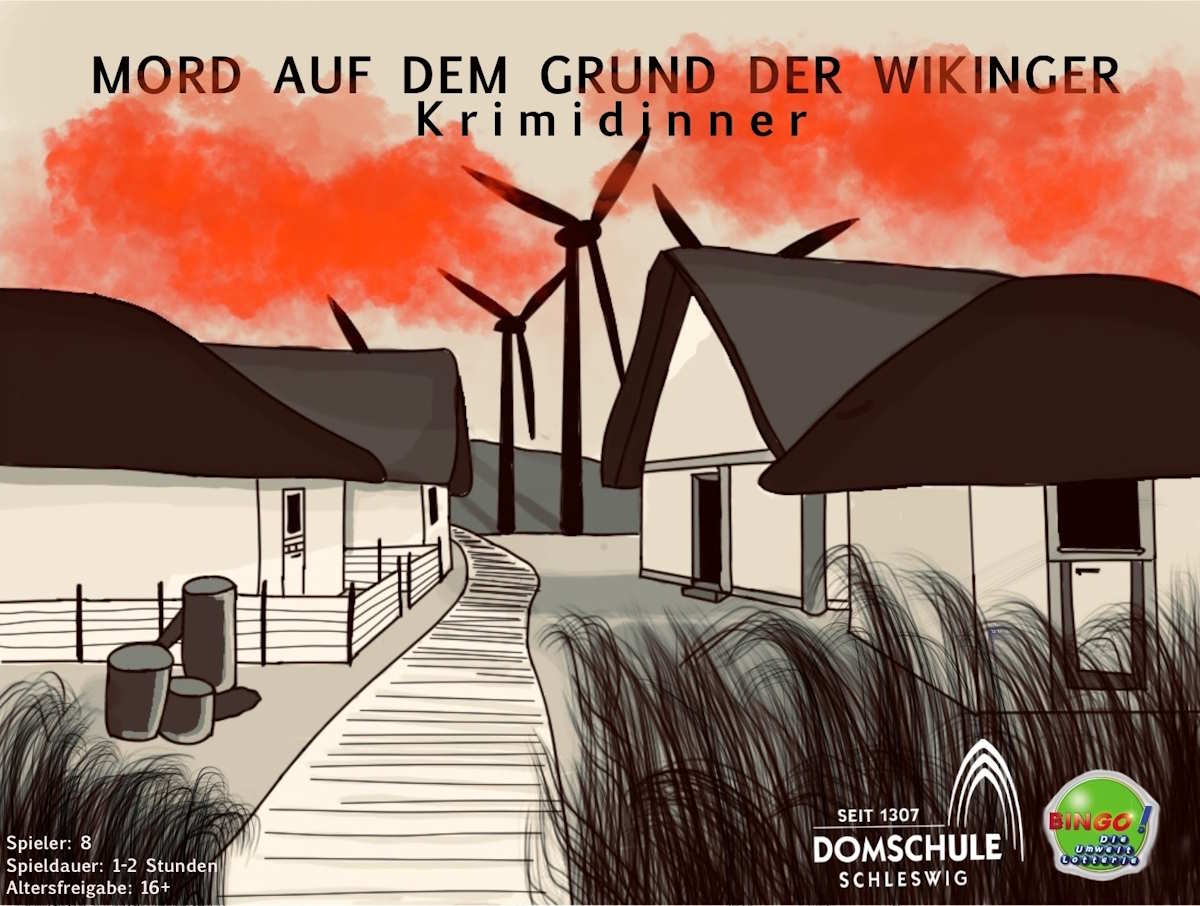
Mystery Dinner “Murder on the Viking’s ground"
Students developed a mystery dinner that revolves around (potentially) conflicting interests of protecting World Heritage on the one hand and expanding renewable energy on the other.
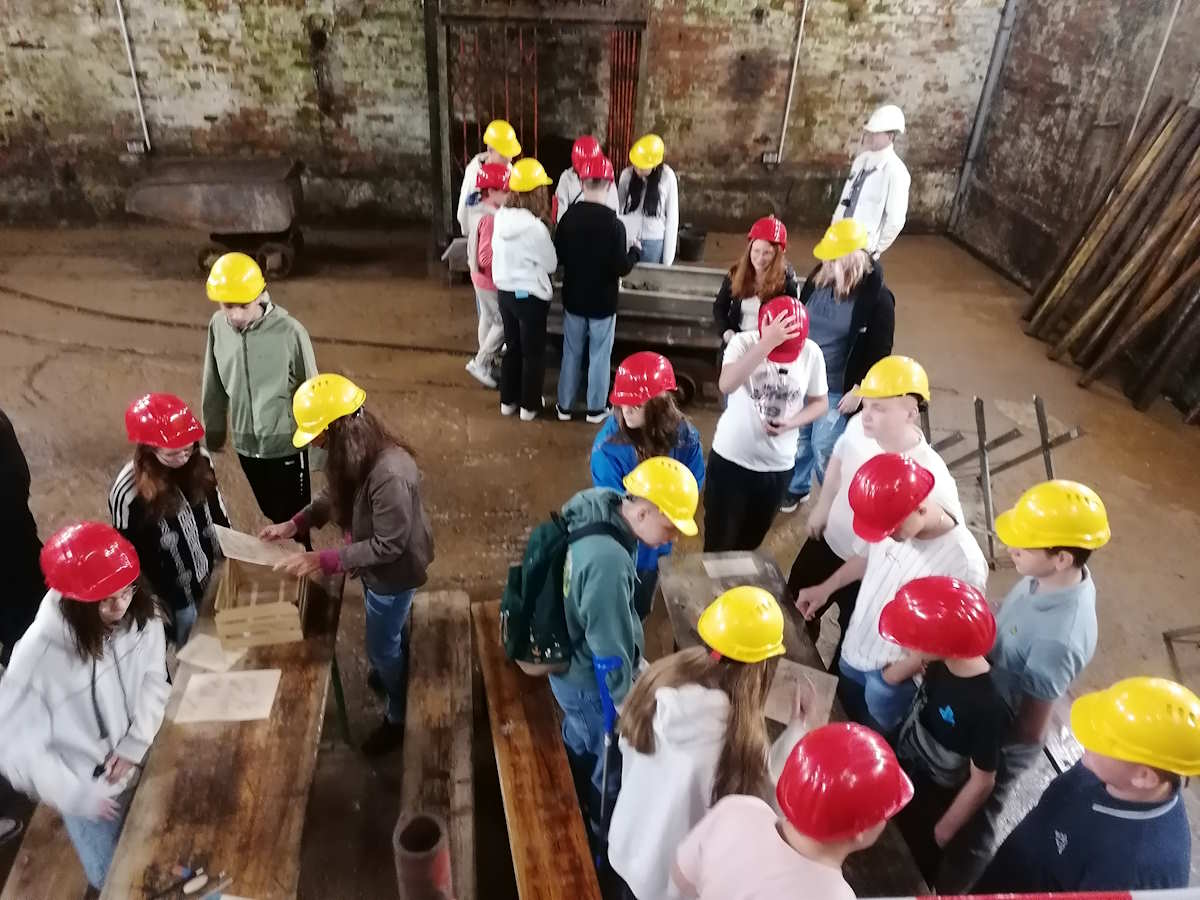
Escape Game in the Mines of Rammelsberg
A group of young people developed an escape game with riddles and quizzes about the Mines of Rammelsberg and climate change.
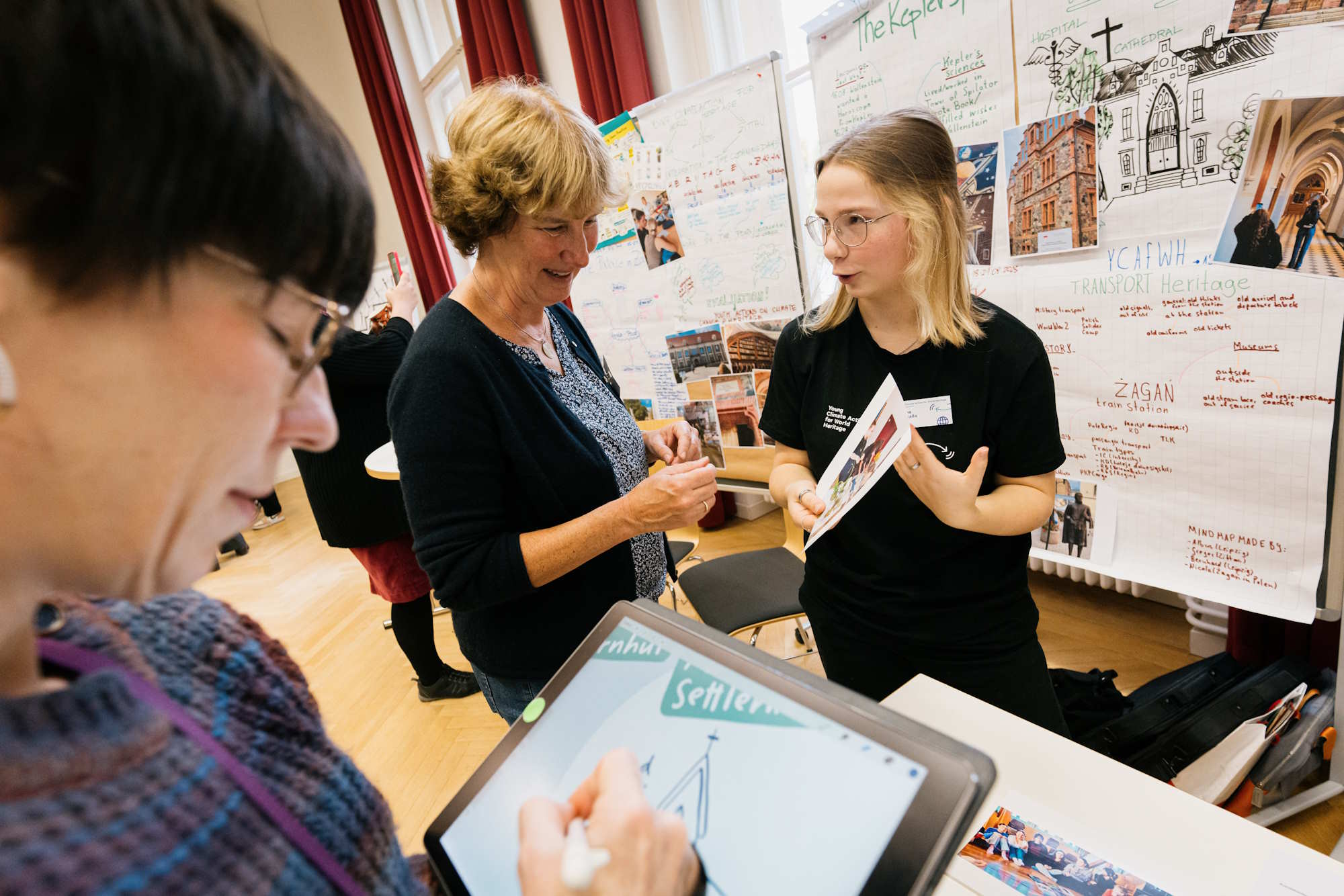
UN-UNESCO-Herrnhut Quiz
Students from Herrnhut wanted to learn more about World Heritage. They wanted to understand what the title “World Heritage” actually means and what makes Herrnhut so outstanding on an international level that it should be safeguarded for all of humanity.
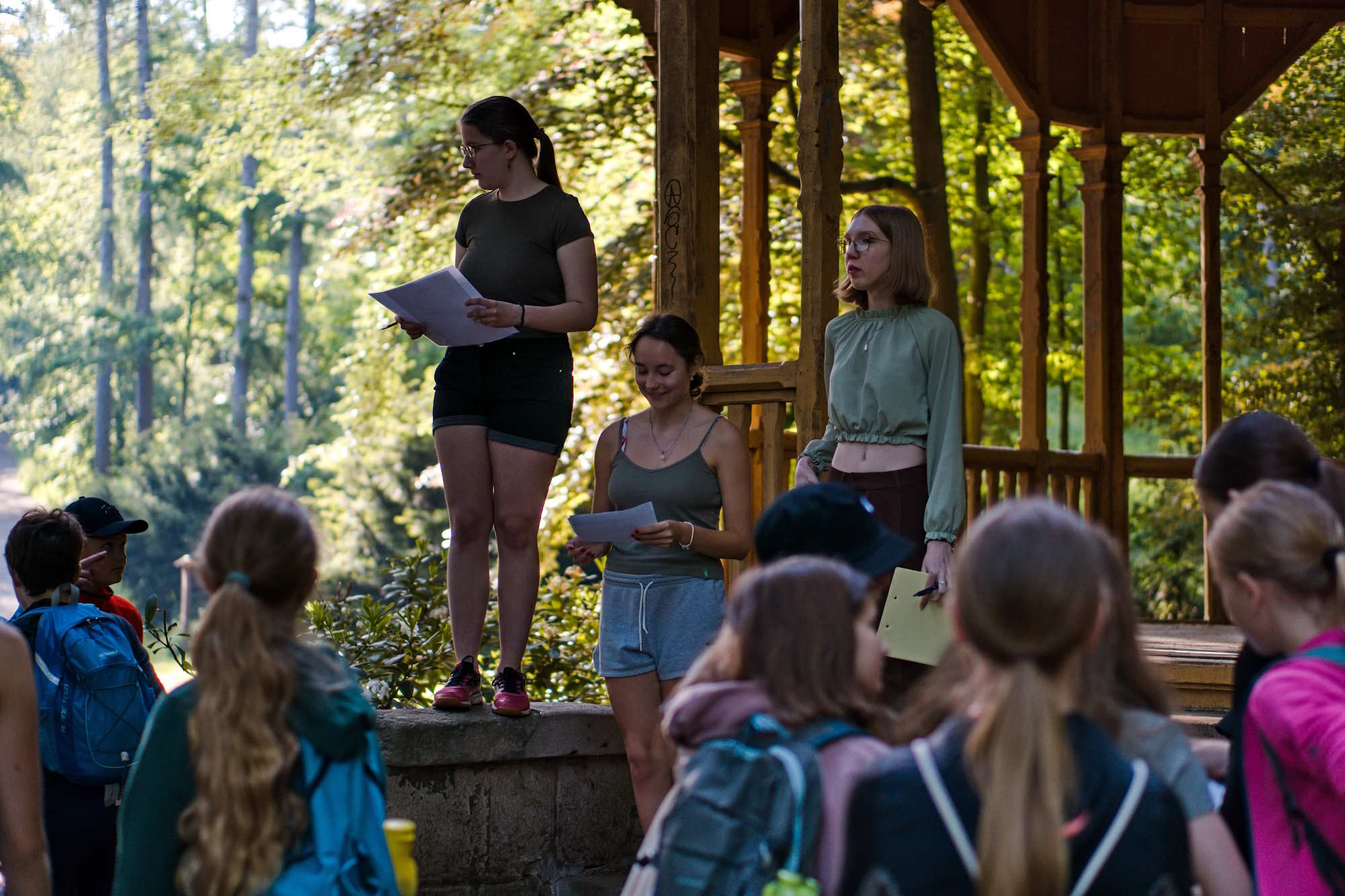
World Heritage and Sustainability Rallye
Students developed a rally for their school community to raise awareness about climate change, the threats to World Heritage Sites and how to act sustainably.
SUSTAINABLE JOINT ACTION

Many participants expressed the wish to initiate events for joint action. This motivation was sparked by the sense of empowerment and community spirit they had gained from the project and from spending time with their peers who care about the same issues. Students came up with initiatives to build a sense of community and togetherness in order to make our common heritage more ecologically and socially sustainable. By creating opportunities for joint actions to promote sustainability through the meaningful connections they had made during the project, they educated their peers about our ecological footprint and the threats to cultural and natural heritage.

Protecting historical gardens
Students from Żagań visited the World Heritage Site “Palaces and Parks of Potsdam and Berlin” to learn about the threats to the trees and plants posed by climate change.
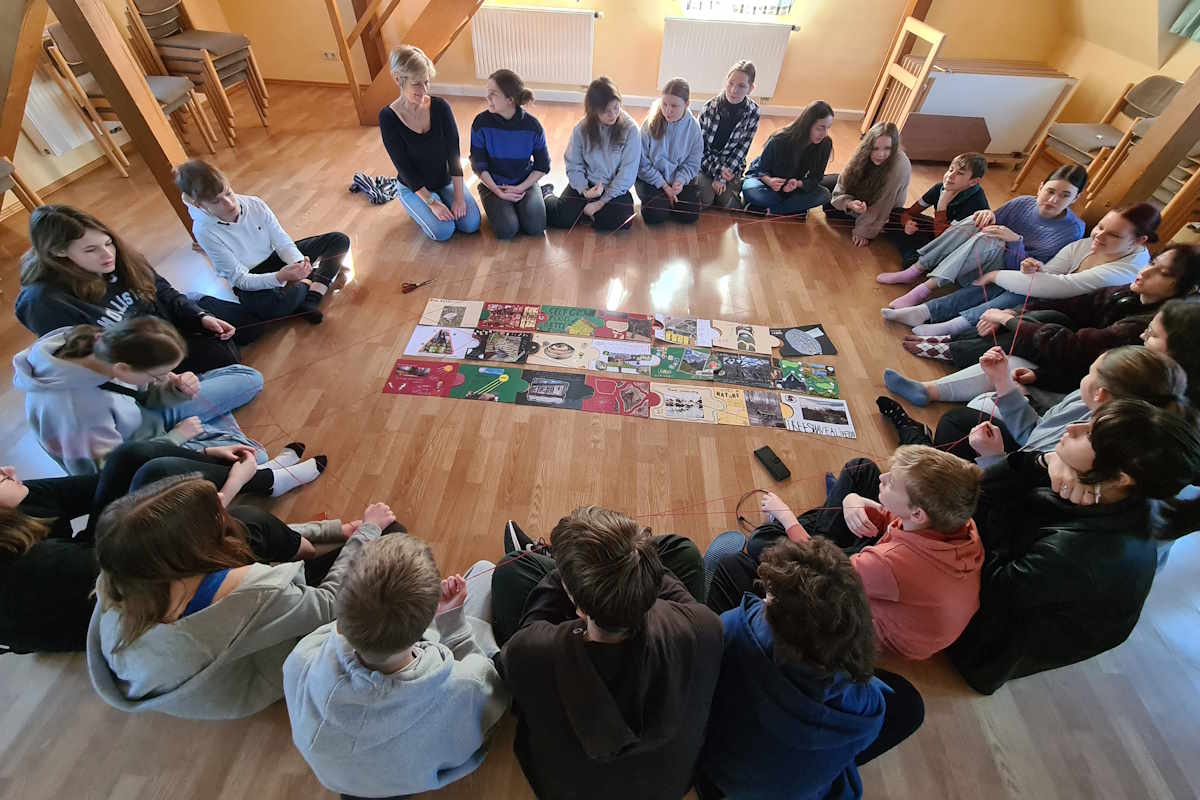
Polish-German Climate and Heritage Camps “Ready for Sustainability”
Students from different parts of the project joined forces to organise two sustainability camps in Zittau and Żagań, focusing on climate change, the ecological footprint, and the local cultural and natural heritage.
RESEARCH AND TRANSFER

For many students, research was an important topic – both in itself and as a basis for further activities and mobilisation. The interactive learning and personal involvement of the students during the site visits and workshops at the World Heritage Sites set the stage for further research and transfer of knowledge. The students shared what they had learned about issues such as climate change, global warming or deforestation with the local communities and passed on their knowledge.
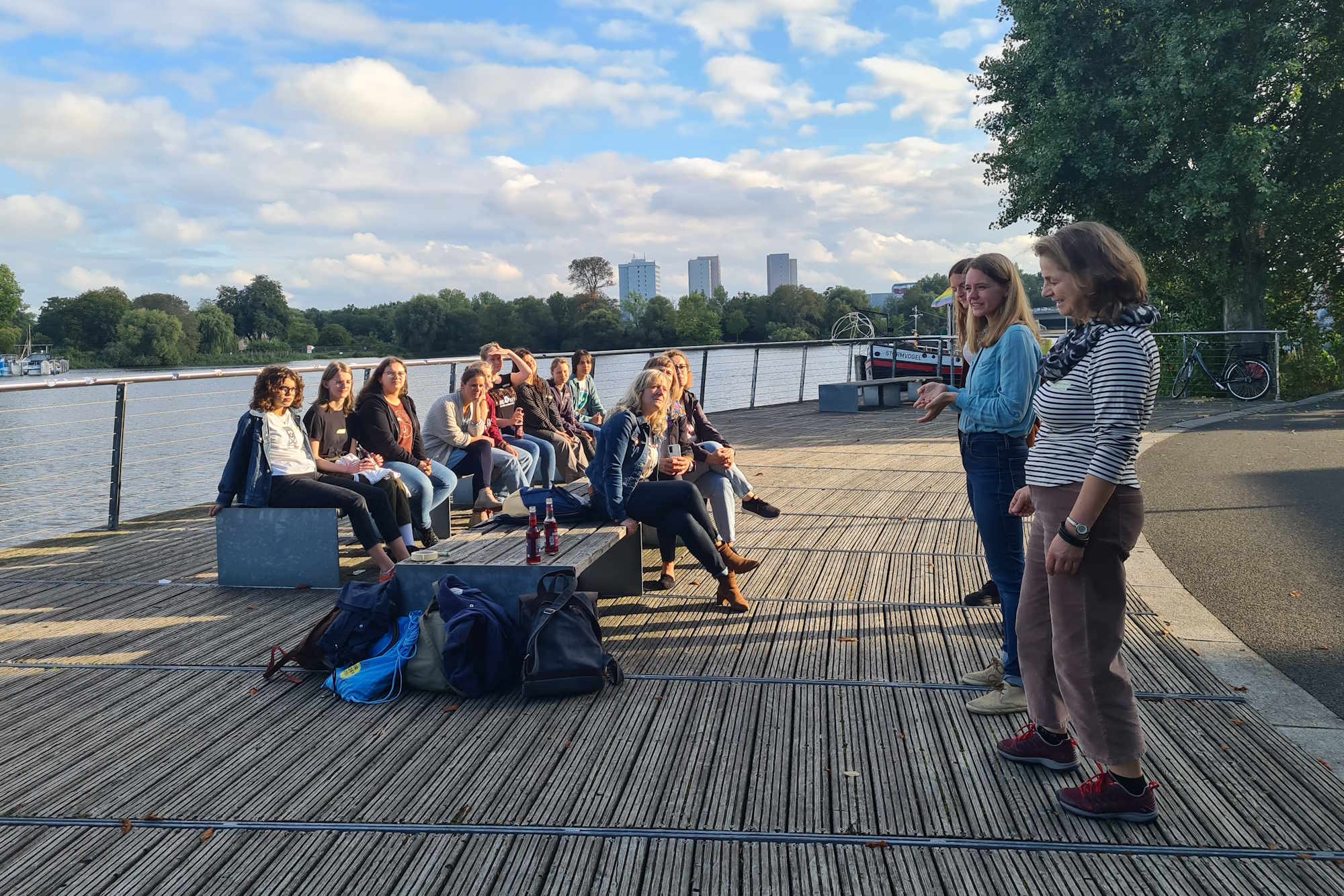
Ted-Talk on “Climate Change and The Youth: A New Point of View”
A group of Polish students drew on what they had learned in the workshops to create a lecture in the style of a TED Talk, which they then delivered to a local audience in a cinema in their hometown.
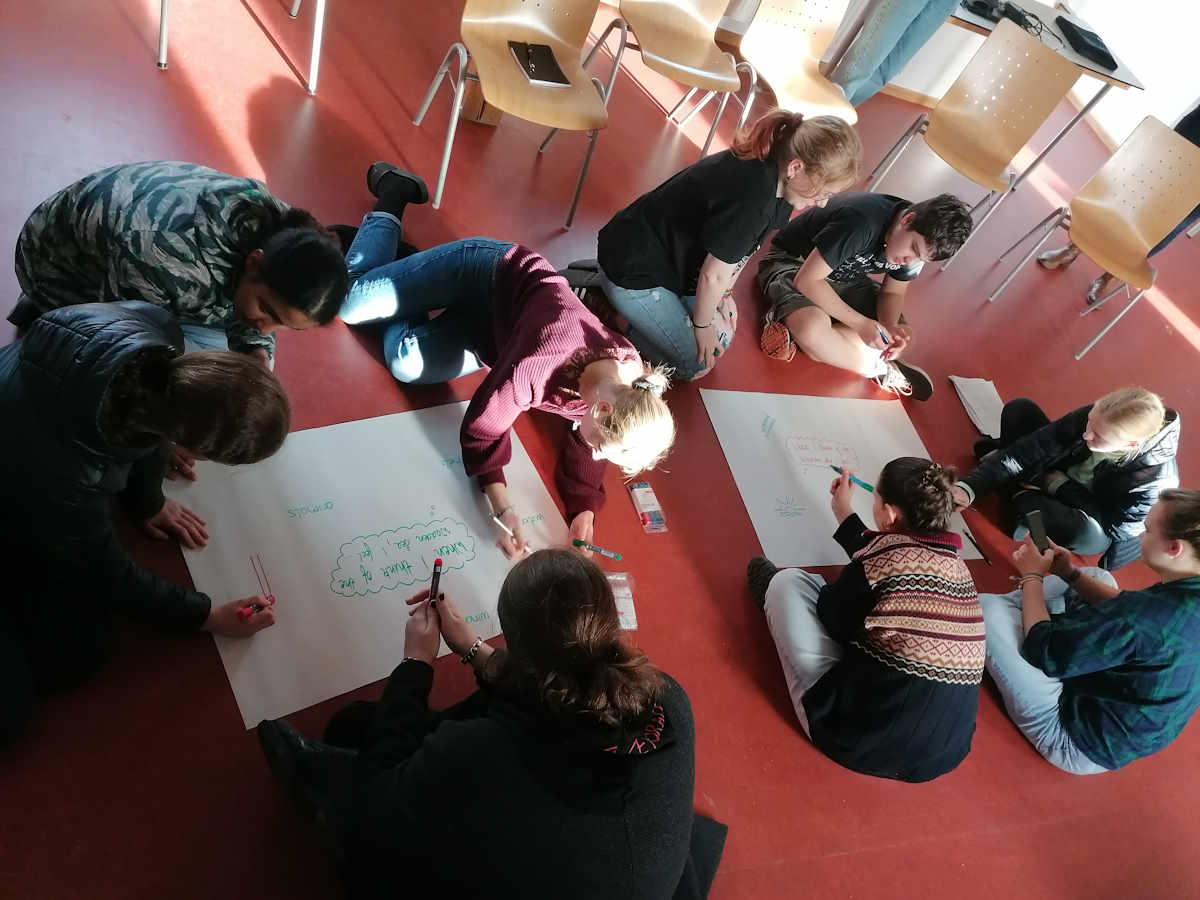
Info-Graphics and Posters
Students created Info-Graphics and posters to summarise what they had learned during the educational and interactive workshops at the World Heritage Sites.
BEYOND THE PROJECT
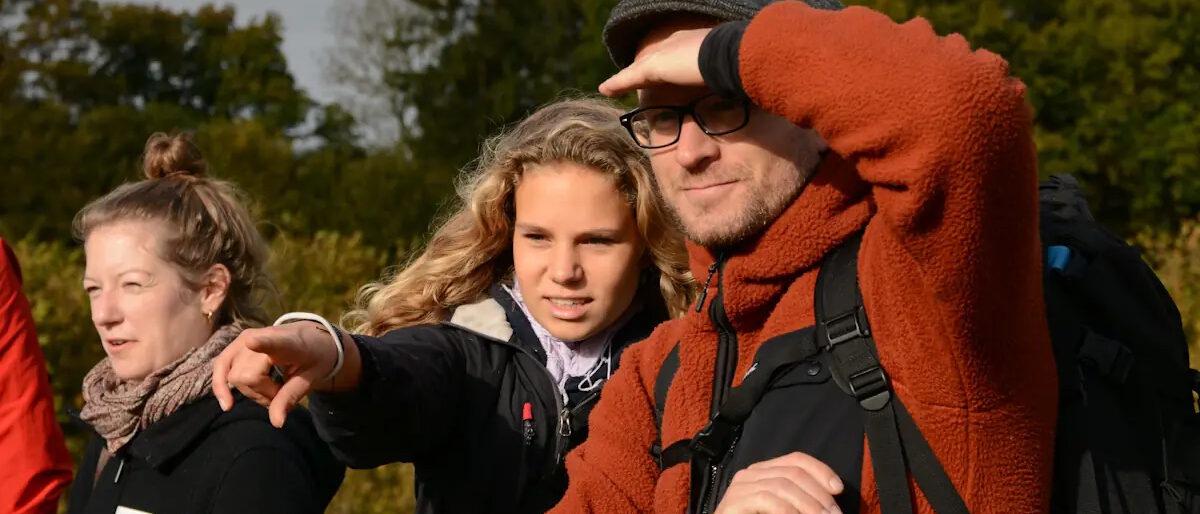
The project “Young Climate Action for World Heritage” has created networks and an interconnected community that go far beyond the project timeline or its direct reach. It allowed the participants to build a deeper connection with the respective heritage sites and provided opportunities to engage with and advocate for World Heritage sites beyond the project and school context.
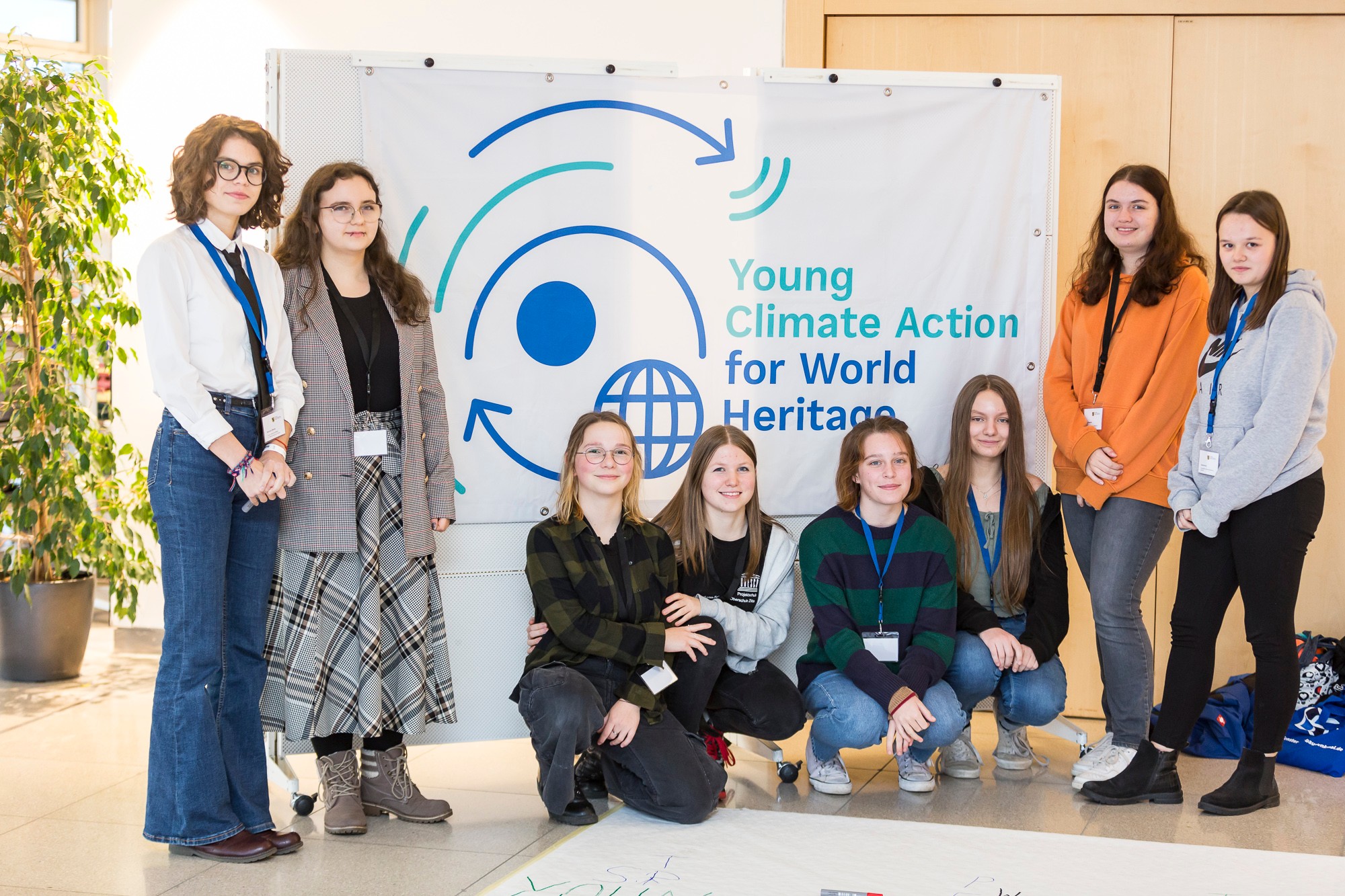
“World.Heritage.Climate – World Heritage Education for Climate-conscious Sustainable Development” Messe 'denkmal' Leipzig
Students reported on the effects of climate change on World Heritage sites such as the “Erzgebirge/Krušnohoří Mining Region” and the “Palaces and Parks of Potsdam and Berlin”.

